Biomedical Engineering Reference
In-Depth Information
Fig. 36
Iridium complexes
used by Hsieh et al.
N
Ir
N
N
N
OH
N
Ir
N
N
SH
N
SH
O
O
proposed a novel CdTe Qds-methylene blue hybrid photosensitizer. Methylene blue
(Fig.
11
) adsorbs at the nanocrystal surface and the dye quenches the QD lumines-
cence both by charge transfer and FRET mechanisms, leading to an increase of
efficiency of MB to produce
1
O
2
. Some preliminary
in vitro
studies have been real-
ized on Hela cell but the results demonstrate only a small increase in cell kill effi-
ciency for the methylene blue-QDs mixture.
Without using FRET mechanism, Samia
et al
. have also demonstrated for the
first time the emission of
1
O
2
at 1,270 nm generated after photoactivation of hydro-
phobic capped CdSe QDs under excitation at 488 nm with
1
O
2
quantum yield of
around 0.05 in toluene. Cooper et al. studied the potential of CdSe/ZnS QDs for
ROS production (Cooper et al.
2010
) ROS assays in solution were performed by
using sensor green while ROS generation inside cells were done by using 5-(and
6-)-chloromethyl-2¢,7¢-dichlorodihydrofluorescein diacetate, acetyl ester (Fig.
37
).
They showed that CdSe/ZnS make ROS although negligible singlet oxygen. When
conjugated to dopamine, CdSe/ZnS QDs produces singlet oxygen. The authors sug-
gested that this migth be due to the generated superoxide formed most probably
both in reduction and oxidation processes namely in the reaction of photogenerated

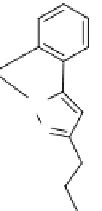
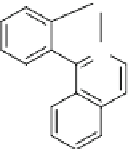
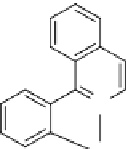
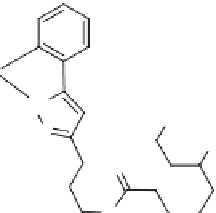
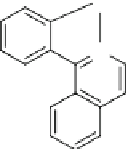
Search WWH ::

Custom Search